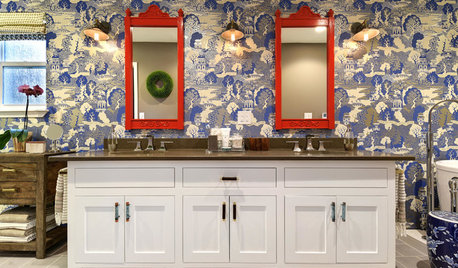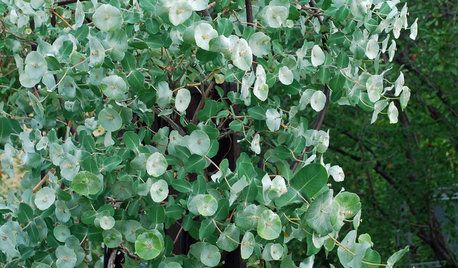Unusual Planting Situation - Need Advice
mrsig
15 years ago
Related Stories

BATHROOM DESIGNDreaming of a Spa Tub at Home? Read This Pro Advice First
Before you float away on visions of jets and bubbles and the steamiest water around, consider these very real spa tub issues
Full Story
KITCHEN DESIGNSmart Investments in Kitchen Cabinetry — a Realtor's Advice
Get expert info on what cabinet features are worth the money, for both you and potential buyers of your home
Full Story
LIFEGet the Family to Pitch In: A Mom’s Advice on Chores
Foster teamwork and a sense of ownership about housekeeping to lighten your load and even boost togetherness
Full Story
HEALTHY HOMEHow to Childproof Your Home: Expert Advice
Safety strategies, Part 1: Get the lowdown from the pros on which areas of the home need locks, lids, gates and more
Full Story
TREESGreat Design Plant: Coral Bark Japanese Maple, a Winter Standout
Go for garden gusto during the chilly season with the fiery red stems of this unusual Japanese maple
Full Story
BATHROOM MAKEOVERSRoom of the Day: Bathroom Embraces an Unusual Floor Plan
This long and narrow master bathroom accentuates the positives
Full Story
BLUE AND GRAY FOLIAGEGreat Design Plant: Kintzley's Ghost Honeysuckle
Looking for a versatile plant with beautiful color and texture? This unusual honeysuckle may be just the ticket
Full Story
GARDENING GUIDES6 Unsung Bulbs for Fall Planting
Don't hang up your spade after summer — plant these unusual bulbs in fall for a spectacular spring show
Full Story
GARDENING GUIDESPlant Black Cherry Trees for the Birds and Bees
Plant Prunus serotina in the Central and Eastern U.S. for spring flowers, interesting bark and beautiful fall color
Full Story
GARDENING GUIDESHow to Find the Right Native Plants for Your Yard
Find plant maps, sale sites and guides that make going native in the garden easier than ever
Full Story





patskywriter
mrsigOriginal Author
Related Professionals
Beavercreek Landscape Architects & Landscape Designers · East Rancho Dominguez Landscape Architects & Landscape Designers · Middle River Landscape Architects & Landscape Designers · Richmond Heights Landscape Architects & Landscape Designers · River Forest Landscape Architects & Landscape Designers · Tomball Landscape Architects & Landscape Designers · Frisco Landscape Contractors · Springfield Landscape Contractors · Bristol Landscape Contractors · Clearlake Landscape Contractors · Galt Landscape Contractors · Kailua Landscape Contractors · Lake Saint Louis Landscape Contractors · San Rafael Landscape Contractors · Baileys Crossroads Landscape Contractorsaezarien
mrsigOriginal Author
Iris GW
mrsigOriginal Author
tamelask
mrsigOriginal Author
ccoombs1
trianglejohn
mrsigOriginal Author
nandina
mrsigOriginal Author